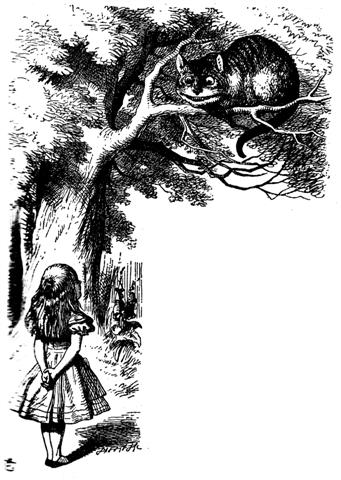4. The solitary Southern Fish is swallowing the whole 'river' from the 'urn'. This explains the name Fomalhaut, Allen again: "... from the Arabic Fum al Hūt , the Fish's Mouth, has long been the common name for this star ..." "The Mosaics held the asterism to represent the Barrel of Meal belonging to Sarephtha's widow; but Schickard pronounce it to be the Fish taken by St. Peter with a piece of money in its mouth." The piece of money in the 'mouth of the fish' 30º down below ought to be a coin of gold, an image of the golden disc of Sun, I guess, and presumably the theme is the same as when Blood Moon received the 'spittle' from the 'bone' (cfr at Hipu): ... What? Well! What's the fruit of this tree? Shouldn't this tree bear something sweet? They shouldn't die, they shouldn't be wasted. Should I pick one? said the maiden. And then the bone spoke; it was there in the fork of the tree: Why do you want a mere bone, a round thing in the branches of a tree? said the head of One Hunaphu when it spoke to the maiden. You don't want it, she was told. I do want it, said the maiden. Very well. Stretch out your right hand here, so I can see it, said the bone. Yes, said the maiden. She stretched out her right hand, up there in front of the bone. And then the bone spit out its saliva, which landed squarely in the hand of the maiden ...
Wisely Alice keeps her hands on her back, she is too young, not ready for her initiation. Next we must see what glyph is located 10 paces ahead of the Aquarian figure in number 359, can we detect any sign of Fomalhaut?
42 * 8 = 336, a number which I remember from earlier, but then it was the result of multiplying 28 by 12 (cfr at Maro):
Gb4-28 is a hetuu type of glyph:
Certainly hetuu in Gb4-28 is meant to be understood together with hetuu maro in Gb2-23:
The distance between them, 402 glyphs, probably points at Gb6-19, where we would have had King Cepheus if I had not suggested Gb5-5 was a better place. 402 is one less than 403 and 359 is one less than 360, and the basic meaning therefore seems to be 'the last day of Old Sun' (when he crumbles into embers, hetu). Raaraa in Gb6-20 - respective tagata in Gb5-6 (where 5 * 6 = 30 possibly could point at Fomalhaut because she is 30º south) - would then be a day without Sun, a time of Moon (often thought of as a kind of fish). Tahu (the 11th son beyond Rongo - see above) could have a name meaning 'stir up a fire', but there are many possible meanings of the word and difficult to know. A beach, for instance, would be equally possible because there a new little 'fire' should be 'born'.
The other distance, 70 glyphs, is equal to the distance from Gb6-19 to the end of the side and therefore the number is another way to find Gb6-19. But that seems rather unnecessary and I guess it instead primarily points at Ga3-10 in the 3rd henua period:
If we count 10 days backwards from Gb6-19, we will still be in glyph line b6 (which I have come to think of as the 1st line of the text, cfr at The Tail Feathers) and it is the 9th glyph in the line (and a day of Jupiter):
I think it is significant to find honu glyphs here:
392 is the number of glyphs on side a of the Mamari tablet. Tagata in Gb6-9 has 3 feathers on his head, which presumably signifies Sun. There seems to be evidence enough for suspecting a connection between 359 and 349, which suggests we tentatively could use hetuu in Gb4-28 as a point of reference corresponding to Fomalhaut (and the end of Sun). If we look closely at Gb4-28 (and Gb2-23) we can imagine a tao adjunct forming the top 'flame':
It could perhaps signify the little flame which will grow into a great fire, from the 'sacrifice' of the old one. But it is a glyph with several other adjuncts, and we should not at present try to understand its full meaning. |
||||||||||||||||||||||||||||||||||||||||||||||||||||||||||||||||||||||||||||||||||||||||||||||||||||||||||||||||||||||||||||||||||||||||||||||||||||||||||||||||||||























